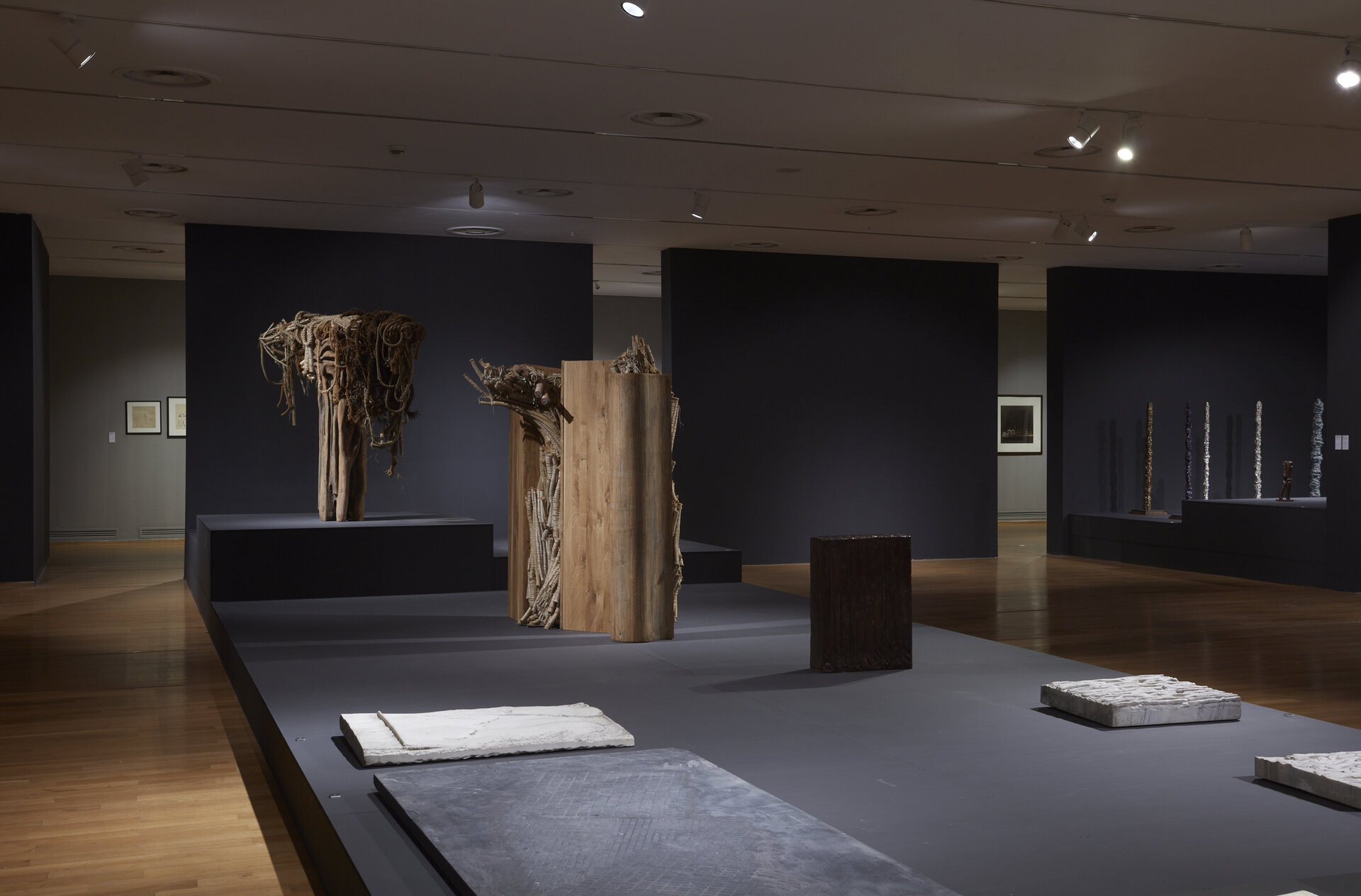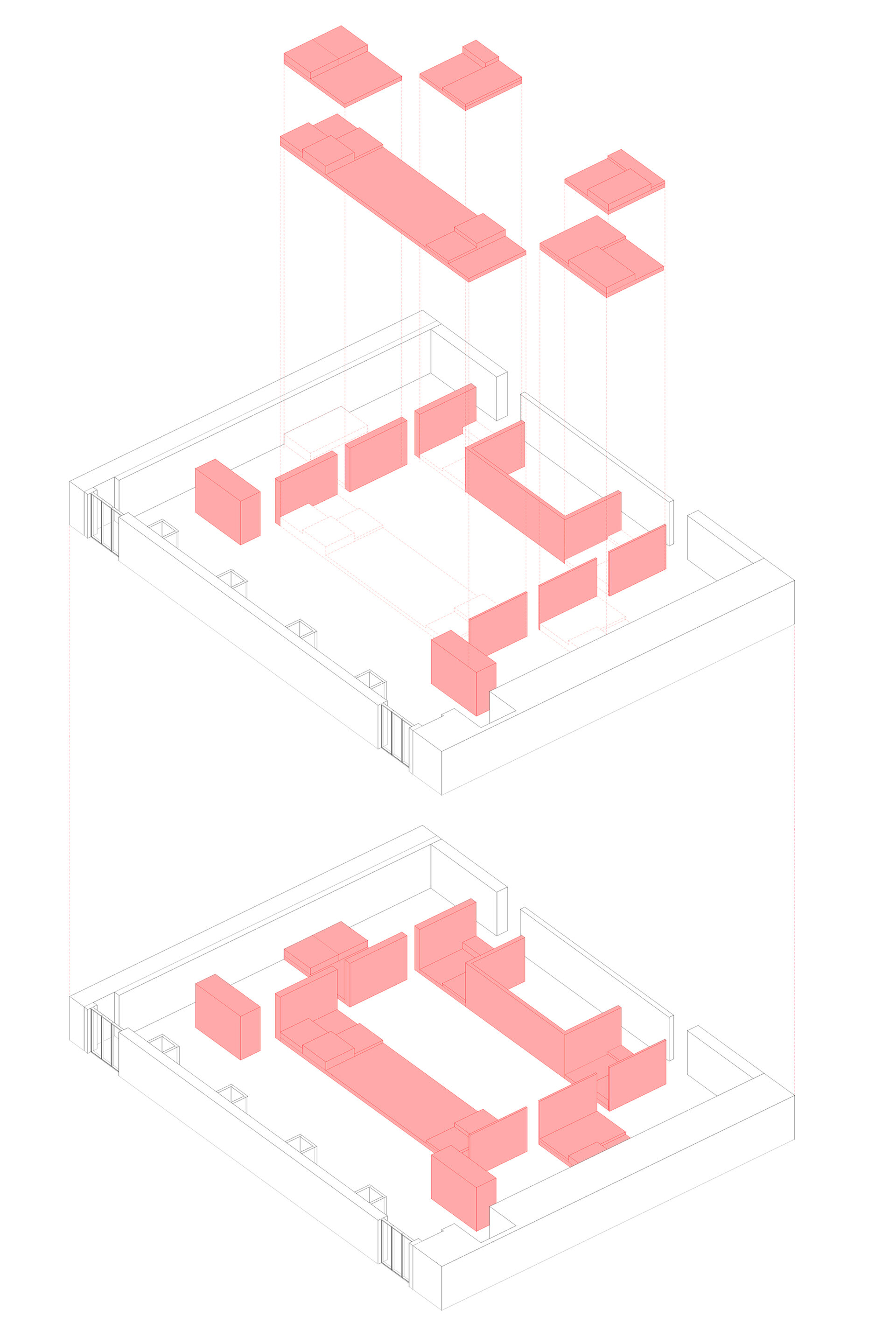
Bildfahrzeuge (Image Vehicles). A Peter Jacobi Retrospective / National Museum of Contemporary Art
Authors’ Comment
The retrospective exhibition dedicated by the National Museum of Contemporary Art to German-Romanian artist Peter Jacobi, brings together a series of major themes in his practice, retracing an exceptional path spanned over six decades: from the figurative sculpture of the ‘60s in its overlaps with ‘70s conceptual art, to the shaping of his practice as photographer, debuting in the ‘80s, along his multiple—and constant—pursuits concerning public space monuments, culminating with the Holocaust Memorial in Bucharest.
The architecture of the exhibition is inspired by this artistic journey under the sign of a "simultaneity between abstraction and figuration" - what at first glance might seem an eclectic ensemble, but in fact, is the result of an extremely careful and consistent construction, within which the artist's intellectual preoccupations and resulting series coexist in a relationship of continuity and mutual enhancement. Architecturally, transversal podiums were introduced into the exhibition space, connecting side-wall segments, thus generating a labyrinthine and linear route, although permitting an overall view of the space, in which works of different typologies and periods visually overlap.
Abstraction and the figurative, the narrative and the documentary dimension are all facets of the very same conceptual space, a workshop of thinking through images. The exhibition, an extension of this studio, is a presentation of these possible montage-images deriving from Peter Jacobi’s complex repertoire.
- Exhibition Design in 2 parts: Romanian Design Week 2020 / Central Exhibition & Diploma 2020
- Three Sisters. An (Un)usually Free Script Based on Chekhov
- Diploma 2019. Exhibition of architecture, art and design university graduates
- Pavilion Untold - Hamza X BT
- Leviathan. In the guts of the collection. Transformation of the second floor of the National Museum of Contemporary Art
- Year One. First Year. Model / Vocabulary / Tools
- Beyond the legend. Neagoe Basarab
- “Herbarium” after “The Book of Plants and Animals” by Simona Popescu
- “Meerkats House” by David Drabek
- The Bucharest of Mircea Eliade
- The Modern Idol. Henry Moore in the Eastern Bloc
- “Journey by Moonlight” after Antal Szerb
- MLMSN_IZO
- Batthyaneum. Astro-stories and mechanical animations
- Coronation Festivitie
- L'Année dernière à Malmaison
- From near to far. Visual mappings of the 2 Mai and Vama Veche space
- Smoke Screens
- Space within space
- Bildfahrzeuge (Image Vehicles). A Peter Jacobi Retrospective / National Museum of Contemporary Art
- Volume of a sleep
- Márta Jakobovits / The Road Travelled / National Museum of Contemporary Art
- This Museum is for you!




















